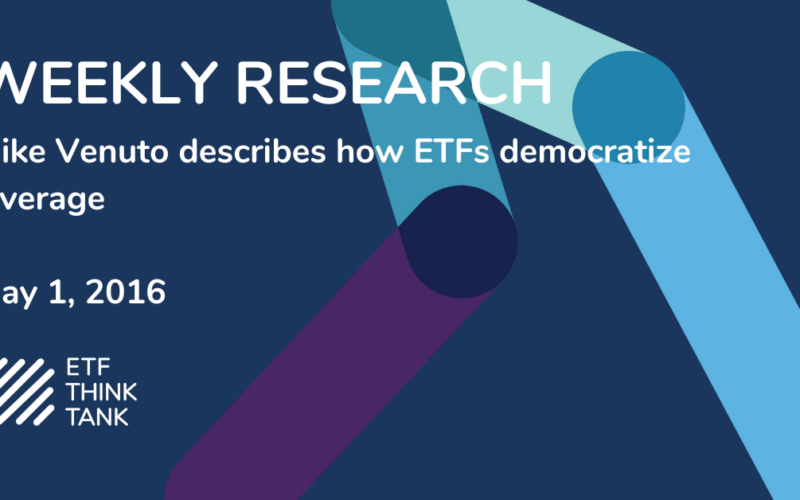When advisors want to reduce clients’ portfolio risk, selling short involves setting up a margin account.
“Traditional leverage can be very expensive,” said Michael Venuto, co-founder and chief investment officer at Toroso Investments in New York. “Inverse ETFs democratize some hedging strategies, so they’re not only for the ‘big boys.’”
An inverse ETF moves in the opposite direction of a regular long position. A client concerned about a $100,000 holding of an S&P index fund could get a full hedge by buying $100,000 of an inverse S&P 500 ETF.
With inverse ETFs, there is no need to have a margin account.
NOT SO SIMPLE
Nevertheless, advisors should tread carefully before using inverse ETFs, which typically reset daily.
Suppose Jane Client’s $100,000 S&P 500 long position goes to $105,000 on Monday and returns to $100,000 on Tuesday. Jane is back where she started.
However, if Jane had purchased $100,000 of an inverse ETF, it would have fallen to $95,000 after Monday’s 5% S&P 500 gain. Tuesday’s index drop from $105,000 to $100,000 is a 4.76% decline.
With a matching gain in the inverse ETF, the inverse ETF would rise to just over $99,500. A flat two days for the index has generated a loss in the inverse ETF.
Over time, this mismatch can be substantial.
Inverse ETFs are “buy-and-adjust” vehicles, according to Venuto, rather than buy-and-hold investments.
MULTIPLE CHOICE
Many inverse ETFs are 2X or 3X, meaning that their daily returns are twice or three times the reverse of the underlying index. With these so-called leveraged inverse ETFs, cash outlays can be reduced.
Jane can hedge her $100,000 long position by buying $50,000 of a 2X inverse ETF, for instance. However, the leverage makes the daily discrepancies even steeper.
Nevertheless, leveraged inverse ETFs might offer pinpoint hedging.
For example, a financial ETF could hold an 18% stake in real estate investment trusts, Venuto said.
If an advisor is skeptical about REITs but upbeat on the broad financial industry, a 6% position in a 3X inverse real estate ETF could help mitigate the perceived real estate risk, he said.
OUTSIDE THE BOX
Other ETFs can serve similar purposes.
“In volatile markets, to hedge the downside and not sell core positions, we use ProShares Ultra VIX Short-Term Futures (UVXY),” said Jack F. Reutemann, a CFP, and the founder and chief executive of Research Financial Strategies, a wealth management firm in Rockville, Md.
This ETF tracks VIX futures, a measure of S&P 500 volatility; it usually goes up when stocks go down.
“The math is not perfect, but in round numbers UVXY will move eight to 12 times the opposite direction of an S&P 500 ETF,” Reutemann said. “Thus, you can almost hedge an entire 90% core position with one 10% UVXY position.”
Using UVXY in this manner is dangerous, “but SQQQ and SPXS [inverse ETFs on the Nasdaq 100 and the S&P 500] are only 3X inverse, and to get a 90% position I would have to spend 30% of my cash,” he said.
Donald Jay Korn is a New York-based financial writer who contributes to Financial Planning and On Wall Street.
This story is part of a 30-30 series on smart ETF strategies.












